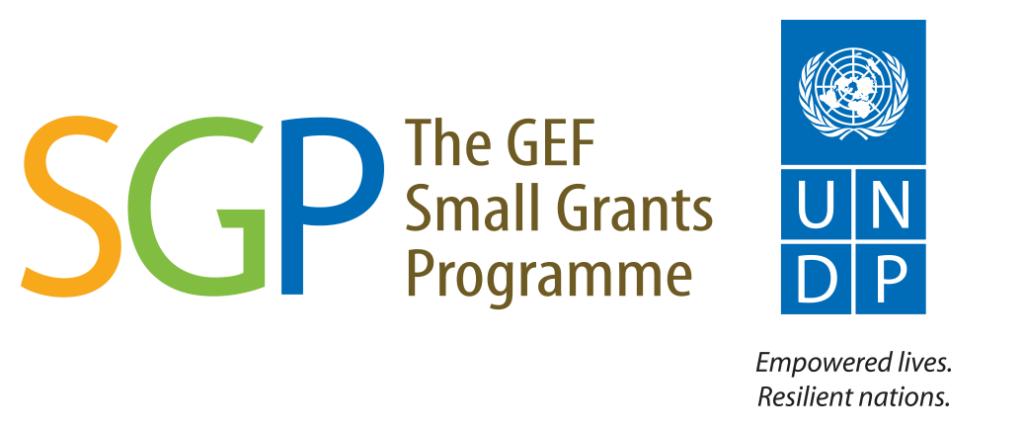

Breif
Enhancing Food Security through Piloting Agroecology Practices and Capacity Building is a 1-year UNDP–SGP funded program designed to enhance food security through the improvement of agriculture production systems. The project will introduce the agroecology practices to farmers. The application of agroecological methods of farming can improve soil health and can, in turn, improve the soil’s water retention. Improved water retention rates maximize the use of the resource and provide great potential to aid in water conservation methods on farms. It may also contribute to the management of soil and water quality and desalination, which is of growing importance in Jordanian agriculture. Additionally, agroecology can be applied to most agricultural areas regardless of the surrounding ecosystem and climate, as the methods applied to a particular farm are based on the specific climatic, environmental, and ecosystem conditions of the farm’s location. Nevertheless, well trained youth entrepreneurs and investment in research and development have a significant role in using new technologies to emphasize desalination and wastewater reuse. Also growing agricultural products which need less water and have higher market values and applying modern techniques in order to maximize production like hydroponics and greenhouses. This project aims to enable youth to involve more in the agriculture sector by equipping them with technical knowledge and tools. Moreover, the project aims to improve and facilitate communication and coordination between farmers, private and public organization. Thus, facilitating the provision of extension services.
Al-Azraq district is a rural area located in the eastern desert of Jordan. It covers an area of about 3500 square kilometers and is administered by the Zarqa Governorate. The population of the district is about 12,500 people. It is bordered to the north by Al-Mafraq governorate and from the south by the capital Amman by 90 km. According to the Azraq community, the most challenges in which farmers are facing are, groundwater depletion and salinization due to over exploitation, increased population and climate change. Moreover, they lack extension services from public and private organizations. Additionally, limited financial resources which inhibit adoption of high-cost technologies. All previously mentioned challenges have negative impact on agriculture and thus on food production.
The application of agro-ecological methods of cultivation, as mentioned above, can improve soil health and can, in turn, improve soil water retention. Improved water retention rates increase resource use and offer great potential to assist with water conservation methods on farms. It may also contribute to soil management, water quality and desalination, which are gaining increasing importance in Jordanian agriculture. In addition, agroecology can be applied to most agricultural areas regardless of the surrounding ecosystem and climate, as the methods applied to a particular farm depend on the climatic, ecological and systemic conditions of the farm site.
The primary objective of the project is to enhance food security by improving food production systems.
The expected results of the project can be summarized as follows:
- Experiment and validate ecological farming practices that include rotational cultivation, intercropping and drip irrigation.
- Strengthening farmers’ capacities for responsible farming practices.